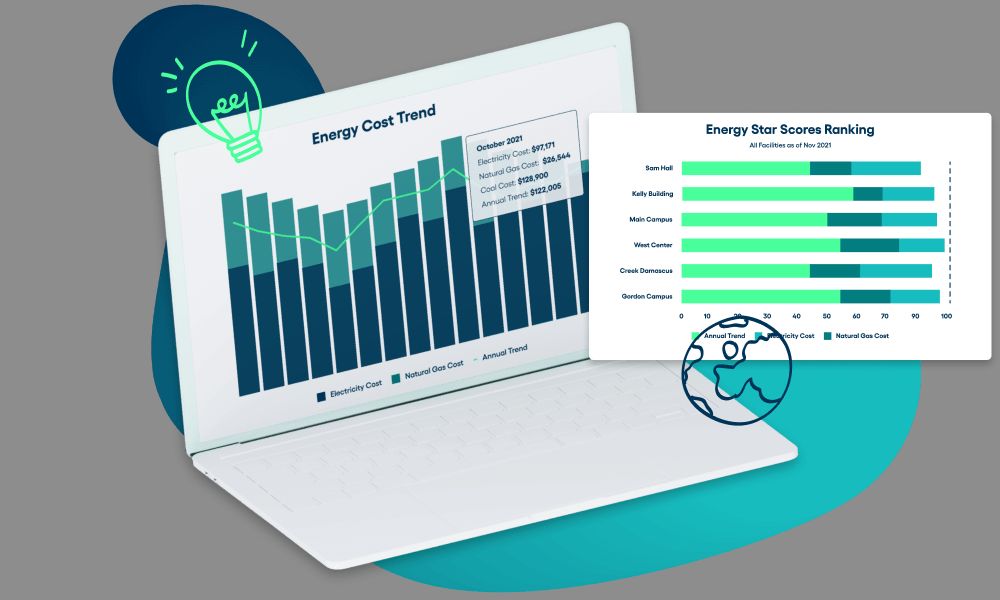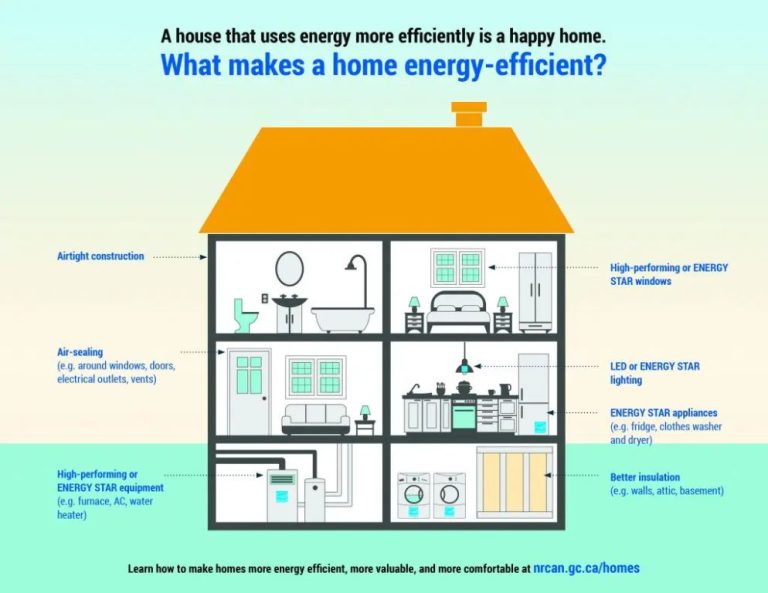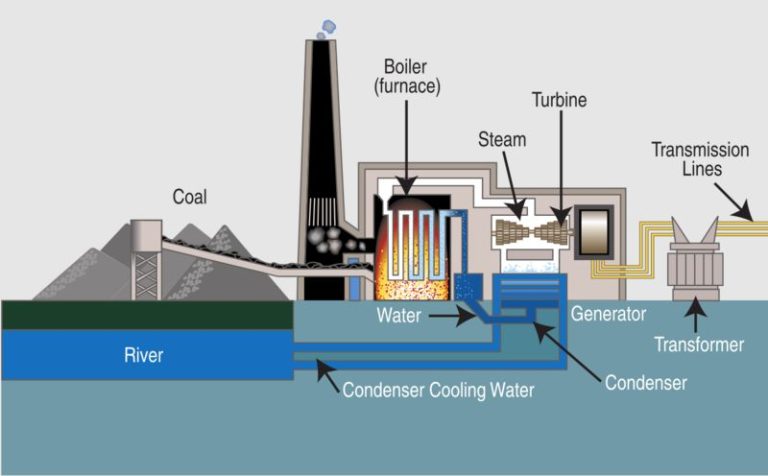What Is Energy Management System Software?

Energy Management Systems (EMS) are software platforms designed to monitor, control, and optimize the energy use of a building or facility. The main purpose of EMS is to save energy, reduce costs, and increase efficiency [1]. Key benefits of EMS include being able to track real-time energy consumption, identify areas of waste, automate and optimize energy usage, integrate renewable energy sources, and generate detailed energy reports and analytics.
The origins of modern EMS date back to the 1970s energy crisis, which drove development of building automation systems and power monitoring devices. Early EMS were hardware-based systems focused on monitoring electrical loads. With the advancement of IT and internet connectivity, EMS have evolved into more sophisticated software platforms capable of enterprise-wide energy optimization. Today’s EMS leverage IoT sensors, cloud computing, AI, and advanced data analytics.
Key Components of EMS Software
Energy management system (EMS) software centralizes the monitoring and control of energy use across buildings and facilities. The key components of EMS software include:
Data Acquisition – EMS software collects real-time data from sensors, smart meters, and other devices that monitor energy usage and performance. This provides the raw data needed for tracking and analysis.
Historical Data Storage – The software stores the time-series energy data in a database for long-term analysis of trends and patterns. Data can be kept for months or years.
Visualization and Dashboards – EMS platforms provide graphical dashboards and visualization tools to display energy usage, cost, and efficiency data in real-time. This enables easy monitoring and insights.
Analytics and Reporting – The software performs analytical calculations on the data to generate reports, charts, and metrics about energy performance. This supports decision-making.
Control Capabilities – EMS allows for some degree of automated or optimized control of energy systems based on pre-set parameters. This aims to improve efficiency and savings.1
By leveraging these core components, EMS software gives organizations holistic oversight and control over their energy management activities.
1 https://www.energysage.com/energy-management/components/
Major Use Cases
Energy management systems help optimize energy use across various sectors including buildings, industry, and homes.
Building Energy Management
EMS software can be implemented in commercial buildings like offices, hospitals, schools etc. to monitor and control lighting, HVAC, and other systems to reduce energy waste. Smart sensors and analytics allow for adjusting systems based on occupancy and usage patterns. Companies like Schneider Electric offer EMS solutions for large facilities and campus environments. According to Process.st, building energy management can achieve 10-40% energy savings.[1]
Industrial Energy Management
In industrial facilities like factories and plants, EMS software helps manage high energy-consuming processes and equipment. This includes monitoring compressed air systems, motors, pumps etc. to optimize performance and prevent issues. Advanced analytics can detect anomalies and predict equipment failures to minimize downtime. Siemens and Rockwell Automation provide EMS platforms tailored for industrial settings. EMS can yield 15-25% energy savings in industry.[1]
Home Energy Management
For residential applications, EMS allows homeowners to monitor and control smart home devices like lighting, thermostats, appliances etc. This provides visibility into energy usage and ways to reduce waste. Retail EMS solutions from vendors like Schneider Electric and Emerson can integrate with smart home ecosystems. Home energy management can reduce energy consumption by 10-30%.[1]
Key Players in EMS Software
The global energy management systems software market is dominated by large technology companies like Schneider Electric, General Electric, IBM, Honeywell, and Siemens (FeaturedCustomers). These established vendors offer comprehensive EMS software solutions and have a significant global presence. However, in recent years, there has been an emergence of startups focused specifically on energy management software such as Optima Energy, Enel X, and GridPoint (FeaturedCustomers). These newer players are innovating with cloud-based systems, AI/ML capabilities, and smart grid integration.
Some key startups to watch in EMS software include Enview, Gridium, ecobee, PlotWatt, and Nuuka Solutions. These emerging companies are introducing new approaches to energy optimization, resource monitoring, and utilities management. Their solutions emphasize ease of use, flexibility, and integration. Startups bring fresh thinking and new business models that complement the offerings from established EMS vendors.
The mix of large corporate providers and innovative startups makes the EMS software industry dynamic. End-users have a range of options to choose from based on their specific energy management needs and objectives.
Implementing an EMS
Implementing an effective EMS comes with certain hardware, integration, and training challenges that organizations need to be prepared for:
Hardware and connectivity considerations are key when rolling out an EMS. The system will likely require installing sensors and meters to collect granular energy usage data across facilities. Proper connectivity and infrastructure is needed to transmit this data to the central EMS platform. Older facilities may require upgrades to properly support an EMS.
Integration challenges can arise when attempting to connect the EMS platform to existing building management, HVAC, lighting and other systems. IT and operations teams will need to work together to ensure proper API and systems integration during the implementation process.
Providing thorough user training is essential for staff who will be interacting with the EMS. They’ll need training on interpreting energy data, operating dashboards, setting thresholds and alerts, identifying anomalies, and understanding recommended actions from the system. Without proper training, organizations won’t realize the full benefits of their investment.
Benefits of EMS Software
One of the key benefits of EMS software is enabling organizations to realize significant energy savings and efficiency gains. By providing real-time visibility into energy usage and automation of energy management processes, EMS allows companies to identify opportunities to optimize energy consumption. This can lead to reduced energy waste, lower utility bills, and overall energy cost reductions.
EMS also promotes sustainability by helping curb greenhouse gas emissions associated with energy use. Features like tracking of greenhouse gas data and integration with renewable energy systems allow companies to reduce their carbon footprint through better energy management. Support for energy efficiency initiatives and compliance with regulations around sustainability make EMS a vital tool for greening operations.
In addition, EMS improves operational efficiency by centralizing energy data and control into one platform. Staff spend less time collecting and analyzing energy data across disparate systems. Automated energy analytics provide actionable insights to inform better decision-making. Advanced controls and scheduling optimize energy usage while maintaining comfort and operations.
Finally, EMS provides visibility into real-time energy consumption patterns and quick payback calculations on efficiency investments. This helps organizations strategically allocate capital for projects guaranteed to reduce energy costs and maximize ROI. The software facilitates energy budgeting, procurement, billing and invoicing functions to further improve financial management.
Overall, the ability to comprehensively track, analyze and optimize energy use across the enterprise is what makes EMS software an invaluable tool for cutting costs and embedding sustainability.
Limitations of EMS Software
While energy management systems provide many benefits, they also come with some limitations that organizations should be aware of before implementation:
Upfront costs – Implementing an EMS requires significant upfront investment in software, hardware, and integration services. For large facilities, costs can easily run into the hundreds of thousands of dollars (https://ieeexplore.ieee.org/document/8756139). The payback period may be several years. Smaller organizations may find the costs prohibitive.
Complexity – EMS software incorporates many complex functions like load monitoring, demand response, and optimization algorithms. Considerable configuration is required during implementation, and ongoing tuning and maintenance is needed. Sufficient in-house expertise is required, or consultants must be retained adding to costs.
Maintenance requirements – Like any enterprise software system, EMS platforms require regular maintenance and updating to maximize uptime and performance. IT resources are needed to manage servers, databases, networks, cybersecurity patches, and more. Vendor support fees also add to long-term costs.
Emerging Trends
The energy management software space is rapidly evolving to incorporate new technologies and capabilities. Some of the major emerging trends include:
Artificial intelligence and machine learning applications are being increasingly integrated into EMS platforms. AI can analyze vast amounts of data from sensors and smart meters to identify opportunities to optimize energy usage and reduce waste. Machine learning algorithms can also detect abnormal usage patterns and predict future energy needs.
Cloud-based systems are becoming more prevalent as they offer increased flexibility, scalability, and remote access capabilities. Companies no longer need to maintain on-premise servers, and employees can monitor energy usage from multiple locations via the cloud. Cloud systems also enable easy software updates and real-time data analytics.
Blockchain platforms are an emerging trend for enhanced security, automation, and transaction capabilities. Blockchain ledgers can create tamper-proof energy usage records, facilitate automatic smart contract execution, and enable decentralized peer-to-peer energy trading networks. However, blockchain technology is still in its early stages of application in EMS.
Overall, advanced software capabilities like AI, cloud computing, and blockchain promise to transform energy management by unlocking greater optimization, automation, and insights from data analysis. Companies that leverage these leading-edge technologies will gain a competitive advantage in managing energy use and costs.
Conclusion
In summary, energy management systems provide numerous important benefits for organizations and utilities looking to optimize energy usage. Key benefits of EMS software include reduced energy costs through improved efficiency, easier monitoring and control of energy systems, better sustainability and conservation of resources, and analytics that provide actionable insights.
The future of energy management looks very promising as technology continues to advance. EMS systems integrated with AI and machine learning will become even more intelligent and effective at managing energy. Bidirectional communication with utilities through smart grids will allow greater coordination. And as more devices and assets become connected to the Internet of Things, energy management systems will have an expanded scope. Organizations that implement advanced EMS solutions now will be well positioned to maximize energy savings and meet sustainability goals in the years ahead.
References
Energy Star. What is Energy Management? https://www.energystar.gov/buildings/facility-owners-and-managers/existing-buildings/save-energy/what-energy-management
EPA. Learn About Energy Management. https://www.epa.gov/energy/learn-about-energy-management
Schneider Electric. What is an Energy Management System? https://www.se.com/us/en/faqs/FA386076/
US Department of Energy. Energy Management System Implementation Guide. https://betterbuildingssolutioncenter.energy.gov/sites/default/files/attachments/EMS-Implementation-Guide-2017_0.pdf
Building Efficiency Initiative. A Best Practice Guide for Energy Management. https://beiaustralia.org/bpguide/







